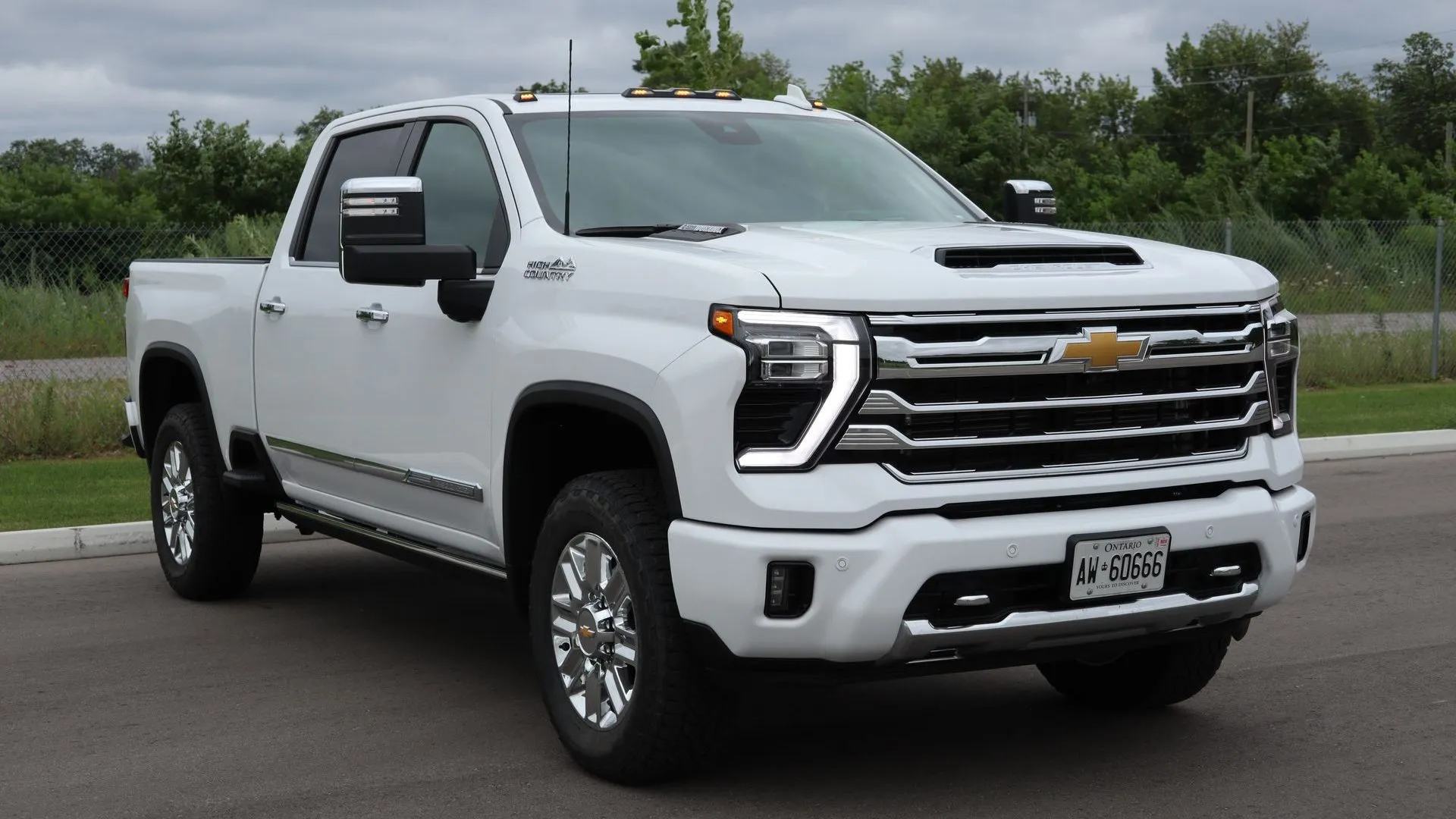Cold weather poses a unique set of challenges for vehicle owners, particularly when it comes to starting engines on frosty mornings. For many drivers, those first few moments of ignition in freezing temperatures can be a source of frustration—engines that crank slowly, stall before warming up, or fail to start altogether are common complaints in winter months.
Understanding the factors that influence cold start performance is essential not only for choosing a reliable vehicle but also for maintaining it properly to minimize start-up issues. This article delves into five vehicle models that excel in engine-start reliability on cold mornings and five that frequently struggle with slow cranks under the same conditions.
The cold start process is complex, involving the intricate interaction of the battery, starter motor, ignition system, fuel delivery, and engine design. When temperatures plunge, each of these systems is stressed.
Battery capacity is significantly reduced; engine oil thickens, creating more resistance; fuel does not vaporize as easily, and ignition components may not perform optimally.
Modern vehicles incorporate a variety of technological advancements to mitigate these effects, such as enhanced cold cranking amps (CCA) batteries, synthetic lubricants, adaptive engine control units (ECUs) that adjust fuel and spark timing, and even auxiliary heating systems like engine block heaters. However, the effectiveness of these features varies greatly from model to model and manufacturer to manufacturer.
This variability often stems from design priorities, technological investments, and the intended market for the vehicle. For example, trucks and SUVs designed for rugged, outdoor use in northern climates tend to be engineered with cold starts firmly in mind.
Their fuel injection systems are calibrated to enrich the mixture just enough to ignite reliably, their ignition components are heavy-duty, and their electrical systems are built to deliver consistent power despite the harsh environment.
On the other hand, some passenger cars, especially older or economy-focused models, may lack these refinements, resulting in slower or more laborious engine starts during winter.
Among the vehicles that shine in cold weather starting performance are the Toyota Tacoma, Subaru Outback, Ford F-150, Honda CR-V, and Volvo XC90. These models benefit from advanced engine technologies, robust electrical systems, and thoughtful thermal management that contribute to quick and reliable ignition even after extended exposure to subfreezing temperatures.
Their engineering focuses on minimizing the duration and energy required for cold cranking, reducing wear on components, and improving driver confidence when the thermometer dips.
Conversely, some models are known to experience slow cranks and difficulty in cold starts, including older Jeep Wranglers, early 2000s Volkswagen Jettas, Chevrolet Silverados from the early 2010s, Nissan Altimas from the late 2000s, and Dodge Ram 1500 trucks from the early 2000s.
These vehicles tend to have limitations related to starter motor torque, battery capacity, fuel delivery system sophistication, and engine oil viscosity management, all of which exacerbate starting struggles when temperatures are low.
Factors such as older or less advanced engine management systems, standard rather than premium batteries, and a lack of auxiliary cold weather equipment also contribute to their less stellar performance in cold conditions.
The purpose of this article is not only to highlight these models but also to provide insight into why some vehicles perform better than others in cold starts. This knowledge can empower drivers to make informed choices when purchasing or maintaining vehicles in cold climates.
Moreover, understanding the underlying technical reasons behind cold start performance can guide preventative maintenance, such as selecting appropriate battery types, switching to synthetic oils in winter, and considering aftermarket cold weather aids like block heaters or battery warmers.
As you explore the detailed profiles of each model, you will notice recurring themes: the critical importance of battery cold cranking amps, the role of modern engine control systems in fuel and spark management, and the influence of mechanical design choices on cold-weather resilience.
By comprehensively examining these aspects, this article aims to be a valuable resource for anyone who faces chilly mornings and wants their vehicle to respond with confidence, not frustration.
ALSO READ: 5 Cars With The Most Free Scheduled Maintenance Miles And 5 With None
5 Models Scoring Best for Engine-Start Cold Mornings
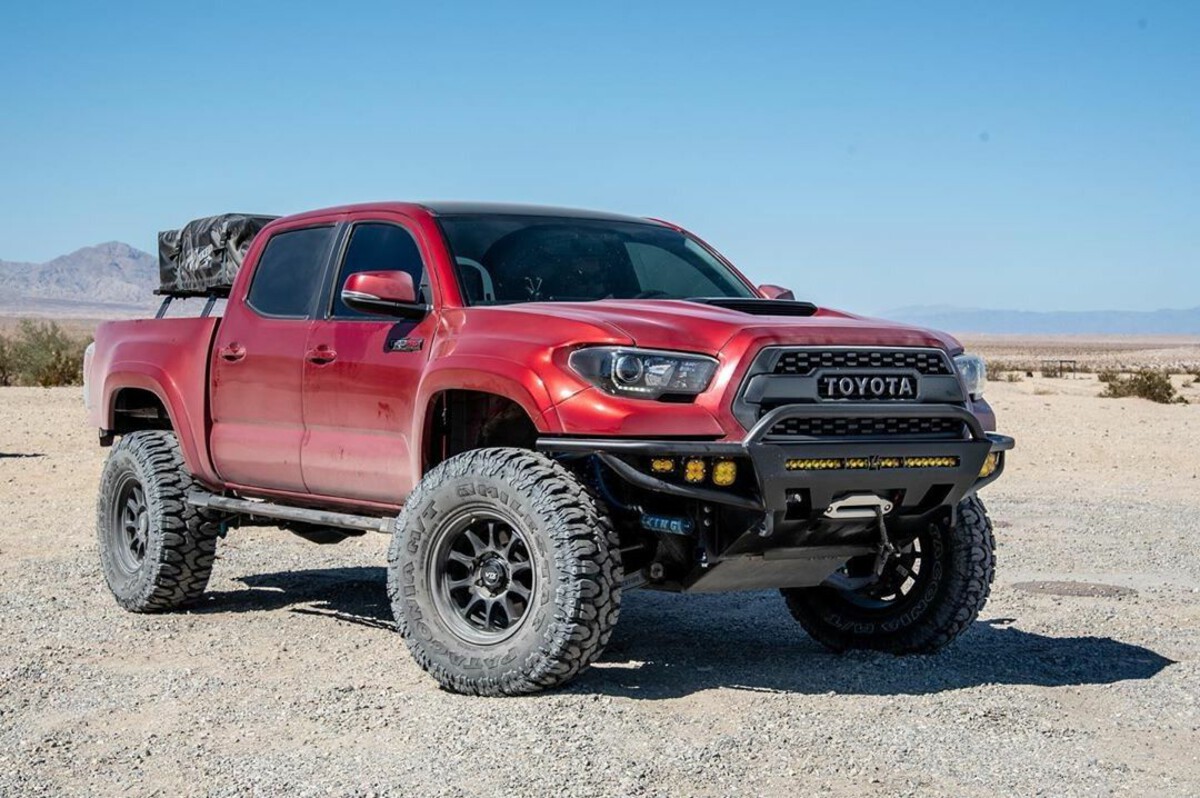
1. Toyota Tacoma
The Toyota Tacoma has become a benchmark for reliability and ruggedness, especially in climates where cold starts can be a challenge. The Tacoma’s 4.0-liter V6 engine plays a critical role in its cold start prowess.
Toyota engineers designed this powerplant with cold weather resilience in mind, optimizing the fuel injection system to ensure proper atomization of fuel even when temperatures drop well below freezing.
The fuel injectors are precisely calibrated to deliver a richer mixture during startup, compensating for the reduced vaporization rate typical in cold air. This enriched mixture aids combustion, enabling the engine to fire quickly without flooding or hesitation.
Beyond fuel delivery, the Tacoma’s ignition system is robust, with high-quality coils and spark plugs engineered to provide strong, consistent sparks under adverse conditions. The ignition timing is dynamically adjusted during cold starts by the onboard ECU, allowing for earlier or later spark timing as needed to optimize combustion stability and reduce crank times.
Furthermore, the starter motor in the Tacoma is built to deliver high torque, critical for overcoming the increased resistance from thickened engine oil and colder metallic components. The battery used in these trucks is often a high CCA (Cold Cranking Amps) rated OEM unit, providing ample power to spin the starter without undue strain.
Cold air intake systems are also a noteworthy feature in many Tacoma trims. By drawing in air from outside the engine bay, rather than the warmer engine compartment, these systems ensure a denser oxygen supply for combustion, improving starting efficiency.
The intake design also prevents the engine from running overly rich during the initial ignition phase, balancing power and emissions. Toyota’s emphasis on component durability means that the electrical connectors, wiring harnesses, and starter solenoids are well insulated and sealed against moisture intrusion, which can cause voltage drops and erratic starts in winter.
In practical terms, Tacoma owners in regions with harsh winters frequently report near-instant ignition after a cold soak, with minimal hesitation or repeated cranking.
The truck’s rugged construction also lends itself to resistance against the mechanical stresses of cold starts—low temperatures tend to increase the brittleness of materials, but Toyota’s choice of metals and protective coatings help mitigate these effects.
Overall, the Tacoma’s cold start excellence is a result of synergistic engineering choices across the fuel, ignition, electrical, and mechanical systems, making it a preferred vehicle for cold-weather operators, outdoor adventurers, and anyone needing immediate and reliable power when the mercury drops.
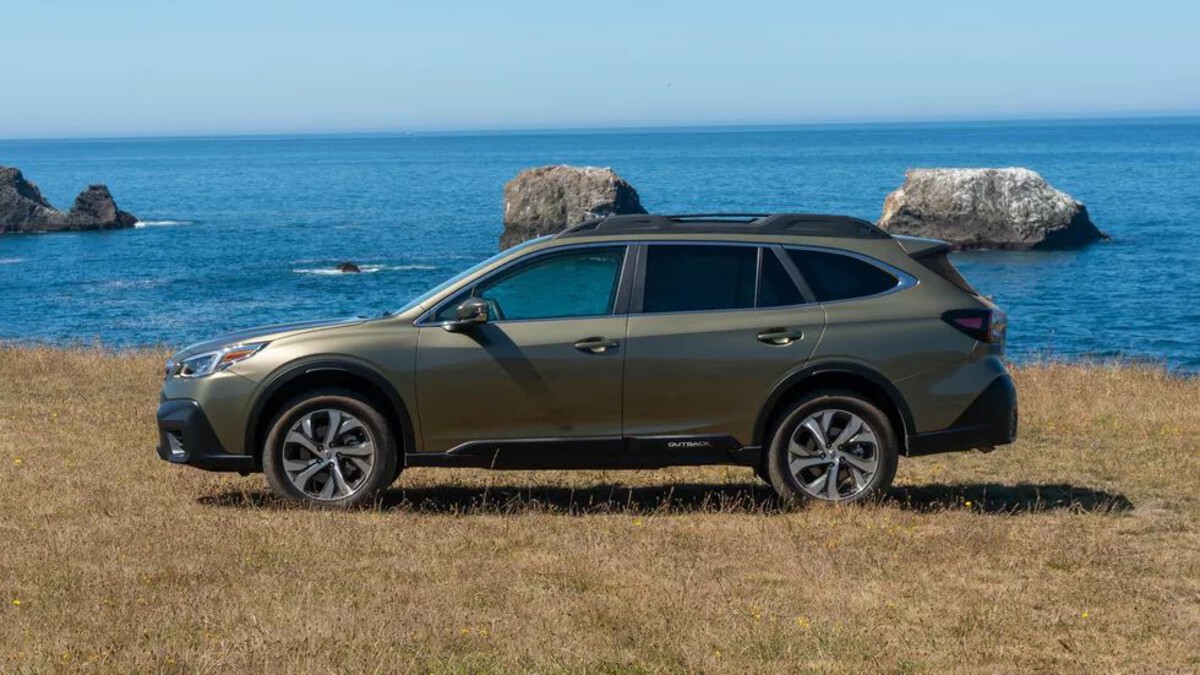
2. Subaru Outback
Subaru’s Outback stands out not only for its symmetrical all-wheel-drive system but also for its exceptional performance in cold start scenarios, a testament to the company’s deep roots in regions with severe winters. Central to this success is Subaru’s horizontally opposed Boxer engine configuration, which offers unique thermal characteristics.
Unlike inline or V-shaped engines, the Boxer layout allows heat to distribute more evenly across the cylinders and engine block. This balanced heat distribution helps the engine reach operating temperatures more rapidly after startup, reducing the duration of the cold start phase and minimizing strain on the battery and starter.
The fuel injection system in the Outback is highly advanced, featuring sequential multi-port injection controlled by an adaptive ECU that monitors environmental inputs such as ambient temperature and intake air temperature.
This data allows the ECU to finely tune the fuel mixture during cold starts, enriching the air-fuel ratio just enough to ensure quick ignition without the risk of fouling spark plugs. This level of precision is particularly important because overly rich mixtures can cause prolonged cranking or flooding, while lean mixtures can stall the engine before it warms up.
Another major contributor to the Outback’s cold start reliability is its electrical system. Subaru equips many Outback models with batteries rated for severe climates and incorporates starter motors designed for enhanced torque output. These starter motors often include features like reinforced windings and optimized gear reduction ratios, providing extra mechanical advantage to overcome the increased internal friction caused by cold oil viscosity.
Subaru also recommends and supports the use of synthetic oils, which maintain a lower viscosity at low temperatures compared to conventional oils, reducing startup drag and easing the starter’s job.
In addition to hardware, Subaru offers optional or factory-installed engine block heaters and battery warmers in colder regions, allowing owners to pre-heat the engine coolant and maintain battery temperature before startup. These accessories dramatically improve cold start times and reduce the mechanical and electrical stress of ignition in frigid weather.
Customer feedback consistently highlights the Outback’s ability to start promptly and idle smoothly even on mornings when temperatures plunge well below zero, underscoring Subaru’s commitment to engineering vehicles that meet the demands of winter driving.
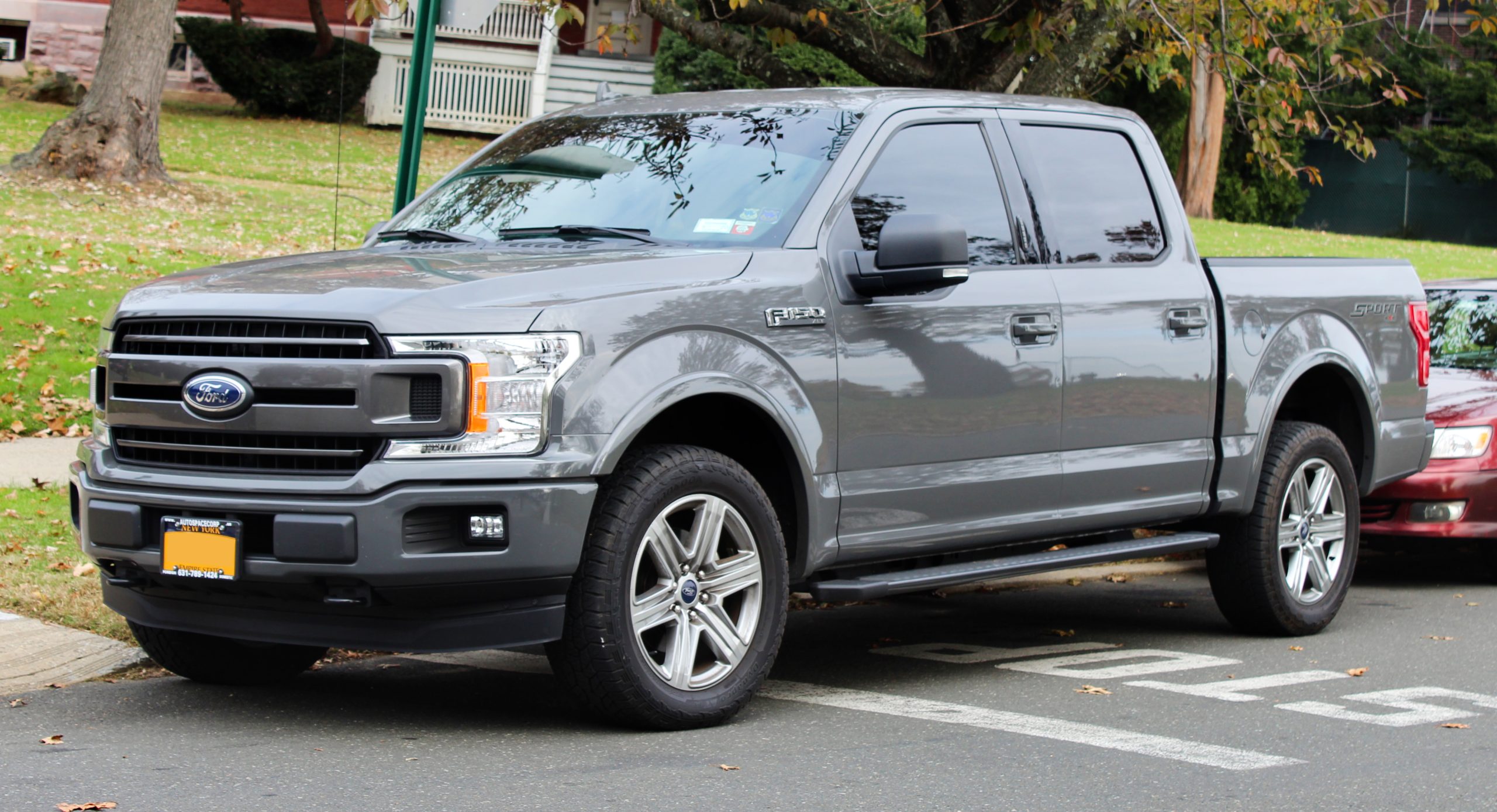
3. Ford F-150 (Recent Models)
The Ford F-150, America’s best-selling truck for decades, has seen notable improvements in cold start performance, particularly in its recent iterations featuring EcoBoost engines. These turbocharged and direct-injected powerplants bring several technological advantages that contribute to reliable cold starts.
Direct injection enables fuel to be sprayed directly into the combustion chamber at high pressure, improving atomization and combustion efficiency. This system is especially beneficial in cold conditions where vaporization of fuel is slower, allowing for quicker ignition and reduced crank times.
Ford also incorporates sophisticated engine control software that dynamically manages cold start fuel enrichment, ignition timing, and idle speed control.
The ECU uses inputs from temperature sensors throughout the vehicle to calculate the optimal parameters for starting, minimizing wasted fuel and reducing emissions during startup. This intelligent management also helps prevent issues such as engine flooding, which can cause longer crank times or failed starts in freezing weather.
Battery technology plays a pivotal role in the F-150’s cold weather reliability. Recent models utilize enhanced lead-acid or AGM batteries with higher cold cranking amps to ensure the starter motor receives sufficient power.
The starter itself is designed for durability and high torque output, engineered to handle the increased mechanical resistance of thickened engine oil and colder components. Additionally, Ford’s electrical system includes optimized wiring harnesses, corrosion-resistant terminals, and starter solenoids that maintain reliable current flow under cold and wet conditions.
Optional cold weather packages available on many F-150 trims include heated fuel lines and engine block heaters that further improve start-up reliability. Heated fuel lines prevent the diesel or gasoline from gelling or freezing in the lines, ensuring smooth fuel delivery to the engine.
Engine block heaters warm the coolant and oil before ignition, reducing the effort required by the starter motor. Together, these systems help the F-150 maintain a reputation for rapid and dependable cold starts, making it an ideal choice for commercial operators, rural residents, and anyone who needs a vehicle that won’t falter when the temperature drops.
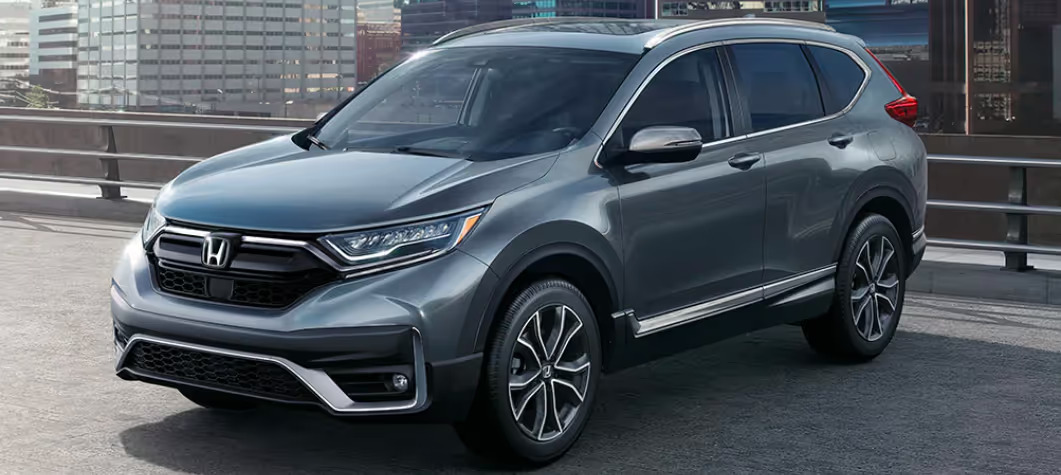
4. Honda CR-V
Honda’s CR-V has built a reputation as a versatile and reliable compact SUV, with cold start performance playing a key role in its widespread appeal. The CR-V’s 4-cylinder engines benefit from Honda’s long history of refining multi-point fuel injection systems.
These systems precisely regulate the amount of fuel injected into the engine cylinders during cold starts, adjusting for temperature fluctuations to ensure smooth ignition. The adaptive engine management system can learn from previous starts and environmental conditions, continually improving its cold start strategy over the vehicle’s lifetime.
Honda engineers also focus heavily on ignition components to support cold-weather reliability. The CR-V’s ignition coils are designed to produce a consistent and strong spark even when temperatures drop significantly.
Paired with platinum or iridium spark plugs, which have higher durability and resistance to fouling, this setup reduces misfires and promotes stable combustion from the first turn of the key. The ignition timing is adjusted by the ECU to optimize power delivery during the critical cold start period.
Electrical reliability is another cornerstone of the CR-V’s cold start success. Batteries used in CR-V models are often rated for enhanced cold cranking amps, ensuring adequate current to the starter motor. The starter motor itself is engineered to provide smooth and efficient engine engagement, with high-quality components that resist wear and corrosion common in cold climates.
Wiring harnesses and connectors are sealed and insulated to protect against moisture, salt, and ice accumulation, which can cause shorts or voltage drops.
The CR-V’s cold start performance is also supported by Honda’s recommendations for maintenance and winter preparation, including the use of synthetic oils formulated for low-temperature fluidity and regular battery inspections.
Optional accessories such as block heaters or battery warmers further improve cold weather starts. As a result, CR-V owners living in northern climates consistently report reliable and prompt ignition, contributing to the vehicle’s reputation for dependability year-round.
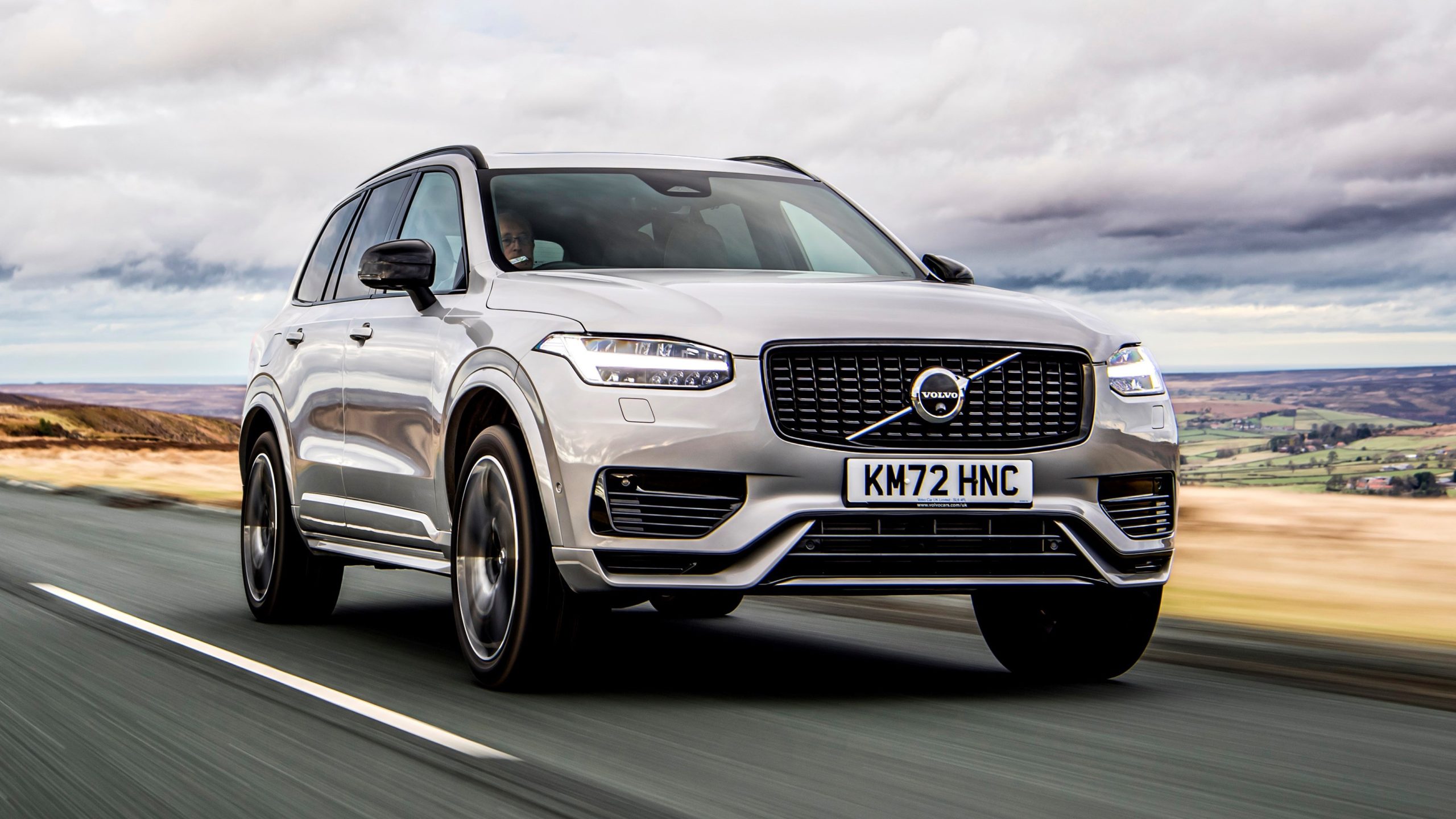
5. Volvo XC90
Volvo’s XC90 is a luxury SUV that combines Scandinavian design sensibility with robust engineering, particularly in terms of cold weather performance. The XC90’s engines—whether turbocharged gasoline or diesel variants—are equipped with advanced fuel injection and ignition systems that prioritize quick and clean cold starts.
Volvo uses a combination of direct injection and port fuel injection in some models to optimize fuel delivery during startup, ensuring efficient vaporization and combustion even when the engine is cold.
A standout feature in the XC90 is the use of high-performance AGM batteries, which offer superior cold cranking amps and better resistance to deep discharges compared to traditional batteries.
This technology helps the starter motor deliver the torque needed to overcome cold start resistance without placing undue strain on the battery. The starter motors themselves are engineered with durability and high torque output in mind, allowing the engine to turn over quickly despite thickened oil and lower ambient temperatures.
Volvo also integrates thermal management systems designed to keep the engine and critical components warm. This includes heated coolant circulation loops, heated oil pans, and optional block heaters in colder regions.
These systems reduce the time it takes for the engine to reach optimal operating temperatures, which in turn shortens crank times and improves fuel efficiency and emissions performance after startup.
The XC90’s electronic engine management system dynamically adjusts ignition timing, fuel delivery, and idle speed during cold starts, utilizing data from a network of sensors to maintain stable combustion and minimize fuel waste.
The vehicle’s extensive use of corrosion-resistant materials and sealed electrical connectors further protects against cold-weather issues such as moisture intrusion or short circuits. Combined with Volvo’s reputation for safety and durability, the XC90 delivers a premium cold start experience that meets the expectations of luxury SUV buyers in the harshest climates.
5 Models with Slow Cranks in Cold Weather
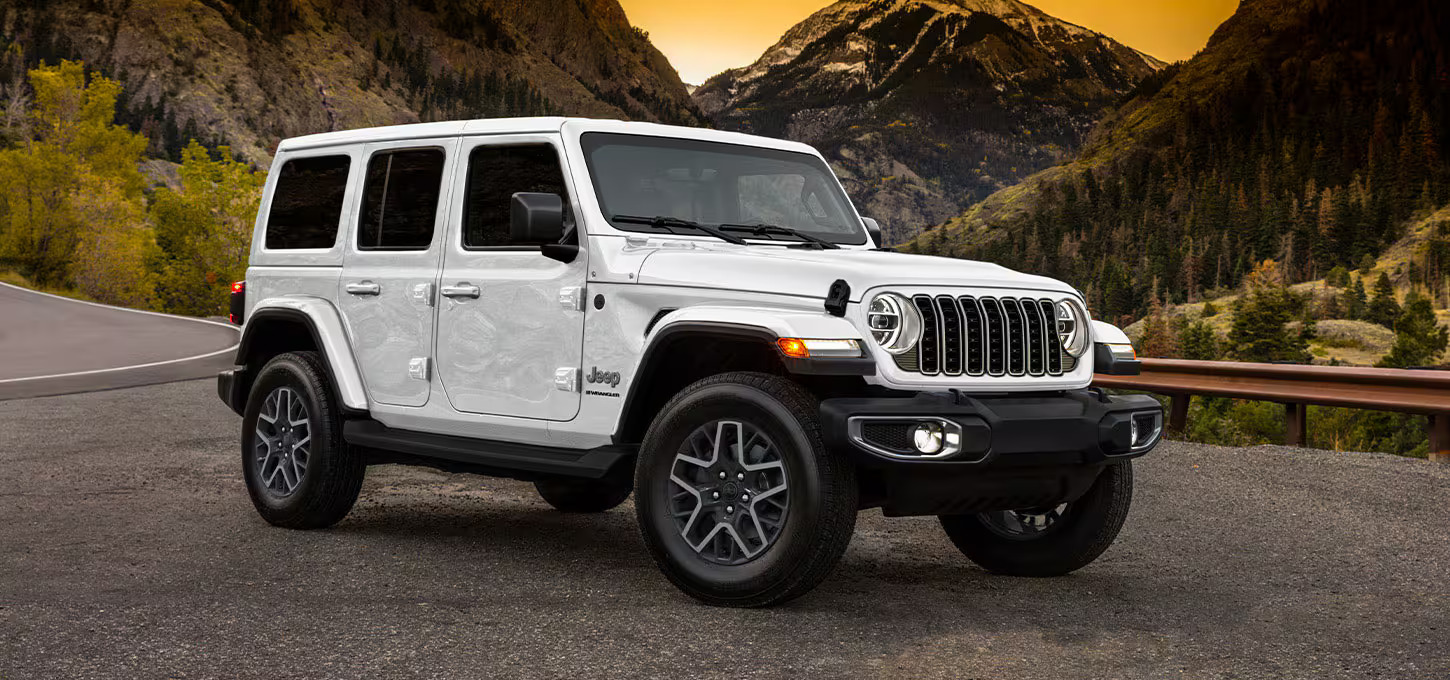
1. Jeep Wrangler (Older Models)
The Jeep Wrangler, particularly older generations, is notorious for slow cranking during cold weather conditions. One of the primary reasons is the design and aging of its starter motor and battery system.
Many early Wrangler models were equipped with starter motors that, while rugged, did not always deliver the high torque necessary to overcome the increased resistance in thickened engine oil and cold metallic components. Over time, wear on the starter brushes, armatures, and solenoids further degrades performance, making it harder to get the engine turning on cold mornings.
In addition, the Wrangler’s electrical system, especially in older versions, lacks the sophisticated thermal management and adaptive control features found in newer vehicles. Without temperature-compensated fuel injection or ignition timing adjustments, these models rely on relatively fixed parameters that do not optimize cold start conditions.
This often leads to incomplete combustion during initial ignition attempts, causing extended cranking times as the engine struggles to find the correct air-fuel mix in frigid environments.
Battery technology is another contributor to slow starts. Older Wranglers typically used standard lead-acid batteries with relatively low cold cranking amps (CCA). In cold weather, battery efficiency decreases significantly, reducing available current to the starter motor.
This drop results in slower engine turnover and longer crank times. Furthermore, the wiring and electrical connectors in some older Wranglers are prone to corrosion and moisture intrusion, which adds resistance and voltage drops, further hindering the starter’s performance.
Mechanical design factors also play a role. The Wrangler’s engines, such as the 3.6L V6 found in JK models, often have relatively tight tolerances that increase friction when cold. Coupled with thicker motor oil during winter and the absence of recommended synthetic oils in some cases, the engine becomes harder to crank.
Owner reports from cold regions frequently describe sluggish start behavior, requiring multiple attempts or longer crank durations, especially after overnight cold soaks. While aftermarket upgrades such as high-CCA batteries, synthetic oils, and improved starter motors can mitigate some issues, the baseline design leaves these models less optimal for cold starts.
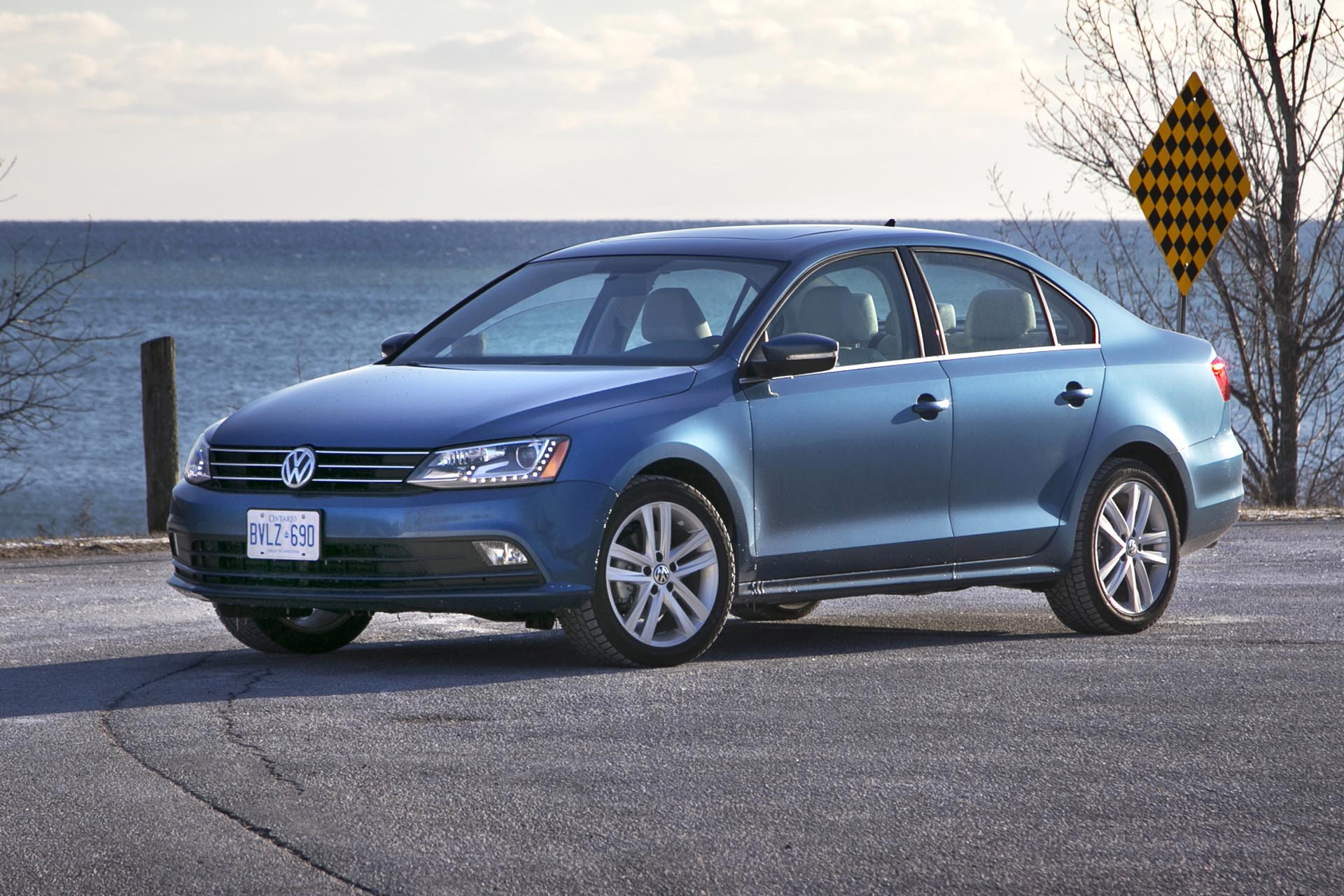
2. Volkswagen Jetta (Early 2000s Models)
The early 2000s Volkswagen Jetta models, particularly those equipped with the 1.8T turbocharged engine, have earned a reputation for slow cranking in cold conditions. A major cause lies in the fuel injection and ignition system calibration, which was designed primarily for moderate climates and does not dynamically adapt well to extreme cold.
The single-point or early multi-point fuel injection systems used during this era struggle with fuel atomization in low temperatures, causing lean or inconsistent fuel-air mixtures at startup that prolong crank times.
Additionally, the ignition system in these models often suffers from coil pack reliability issues, with older coils producing weaker sparks as temperatures drop.
Weaker sparks are insufficient to ignite the colder, denser air-fuel mixture promptly, which results in multiple cranking attempts before ignition stabilizes. The spark plugs themselves, often original and worn after years of service, contribute to misfires or delayed ignition under cold conditions.
Battery performance is another critical factor. Many owners report that the Jetta’s OEM batteries were not optimized for high CCA output, making it difficult to deliver the sustained power needed for rapid engine turnover on freezing mornings.
The electrical architecture of these vehicles includes wiring harnesses and connectors susceptible to moisture buildup, especially in northern climates where road salt and humidity are prevalent. This moisture can increase electrical resistance and reduce starter motor efficiency.
From a mechanical perspective, the engine oil viscosity recommended for these vehicles was often conventional mineral oil, which thickens significantly at low temperatures. This increased resistance puts additional strain on the starter motor, prolonging crank times.
The engine’s relatively tight tolerances, combined with a lack of advanced thermal management systems such as block heaters in many models, means that cold mornings frequently translate to slow, labored starts. Enthusiasts and cold-weather drivers often resort to aftermarket block heaters, synthetic oils, and battery upgrades to alleviate these persistent issues.
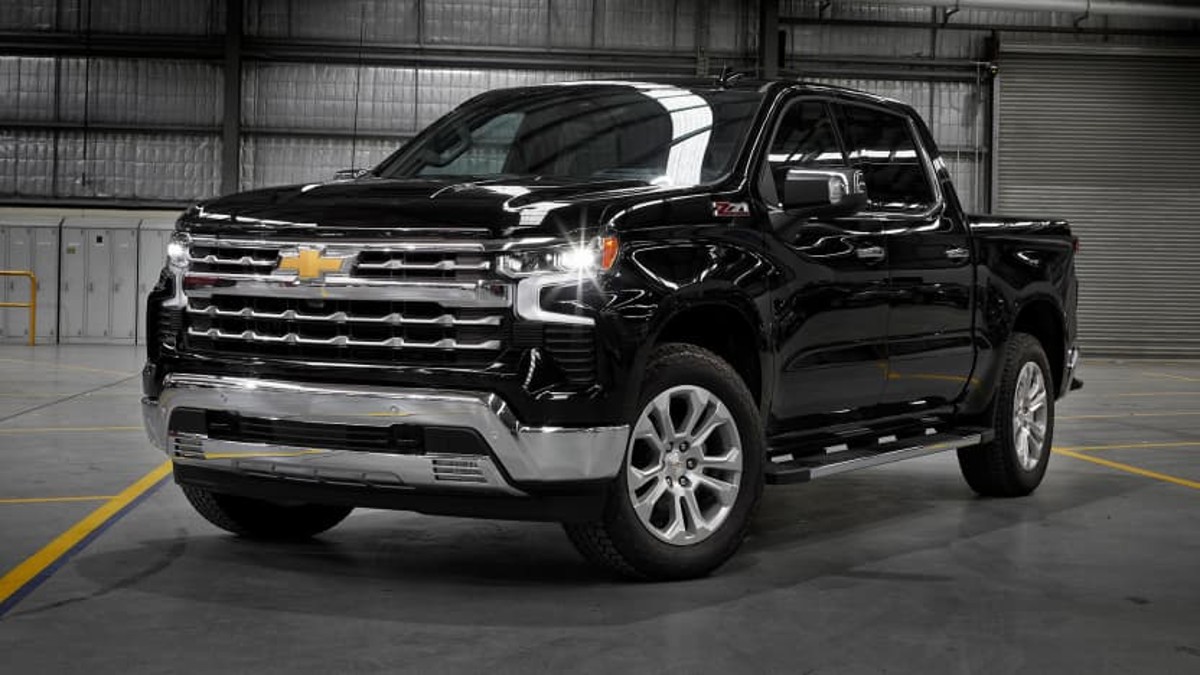
3. Chevrolet Silverado (Early 2010s Models with V6 Engines)
The Chevrolet Silverado, particularly early 2010s models equipped with V6 engines, often struggles with slow cranking during cold starts. One factor is the design of the starter motor and the choice of battery capacity in these trucks.
While built for durability and power, the starter motors in these models sometimes lack the torque required to quickly overcome the mechanical resistance presented by cold oil and cold engine metal parts. This can lead to sluggish engine turnover and extended cranking.
The Silverado’s fuel system in these V6 models employs traditional multi-port fuel injection, which, although reliable, does not have the same rapid adaptive capabilities for cold starts seen in newer direct-injection engines.
As a result, fuel delivery can be less precise during initial ignition, especially in freezing conditions. This less-than-optimal fuel mixture often causes incomplete combustion on the first attempts, leading to repeated cranking.
Battery technology is a recurring challenge for these Silverados. Many early 2010s V6 models came with batteries rated for moderate CCA, adequate for normal weather but insufficient for extreme cold.
During freezing temperatures, battery output drops significantly, providing less current to the starter motor and lengthening crank times. The electrical system wiring and connectors, while robust, are also exposed to the elements and can accumulate corrosion over time, further reducing electrical efficiency.
Mechanical aspects such as oil type and engine design compound the slow crank problem. Many Silverado owners initially used conventional oils that become overly viscous in winter, increasing resistance and making it harder for the starter motor to turn the engine over.
Unlike some trucks that come with factory block heaters, many Silverado models require aftermarket solutions to aid cold starts. The combination of these factors results in noticeable slow cranks and occasional starting difficulties during cold mornings, especially in harsher climates where temperature swings are significant.
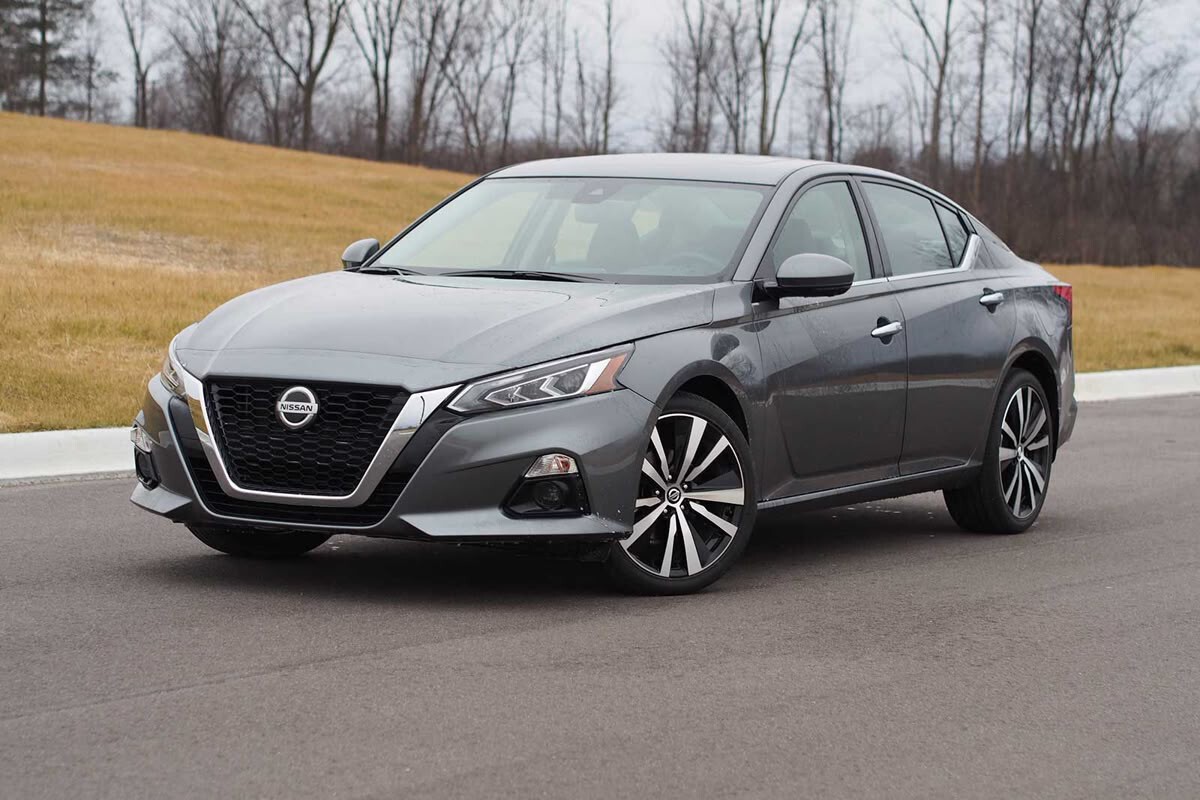
4. Nissan Altima (Late 2000s Models)
The Nissan Altima, especially the late 2000s models equipped with 2.5L 4-cylinder engines, is often cited for sluggish cold starts in winter. The slow crank issue can be traced back to the vehicle’s fuel delivery system, ignition timing strategy, and battery performance.
The Altima’s engine management system in these years employed relatively basic cold start enrichment protocols, lacking the more refined adaptive algorithms found in newer vehicles. This led to either lean or overly rich mixtures that affected the ease and speed of ignition during cold conditions.
Ignition components, including coils and spark plugs, tend to degrade over time, and in the Altima, these parts are often hard-pressed to deliver a strong, consistent spark when temperatures drop.
A weaker spark means delayed combustion and longer crank times. The ignition timing during cold starts was not aggressively optimized for extremely cold weather, which further exacerbates start-up difficulties.
Battery and electrical system limitations also play a role. The Altima’s standard batteries in these years were often of moderate CCA ratings, insufficient for the power demands of cold starts. Reduced current to the starter motor slows engine turnover, making it difficult to fire the engine promptly.
Additionally, wiring harnesses and connectors in some Altimas suffer from oxidation and moisture accumulation, common in older vehicles exposed to road salt and winter conditions. This corrosion increases resistance and voltage drops, further impairing start reliability.
On the mechanical side, many Altima owners used conventional oils without switching to synthetic blends in winter, resulting in increased oil viscosity that adds resistance to engine rotation at startup. The 2.5L engine’s design, while efficient in normal conditions, does not compensate well for these resistances without proper maintenance and upgrades.
Consequently, drivers in colder regions often experience slow, labored starts requiring several attempts or longer cranking periods, especially after prolonged exposure to subzero temperatures.
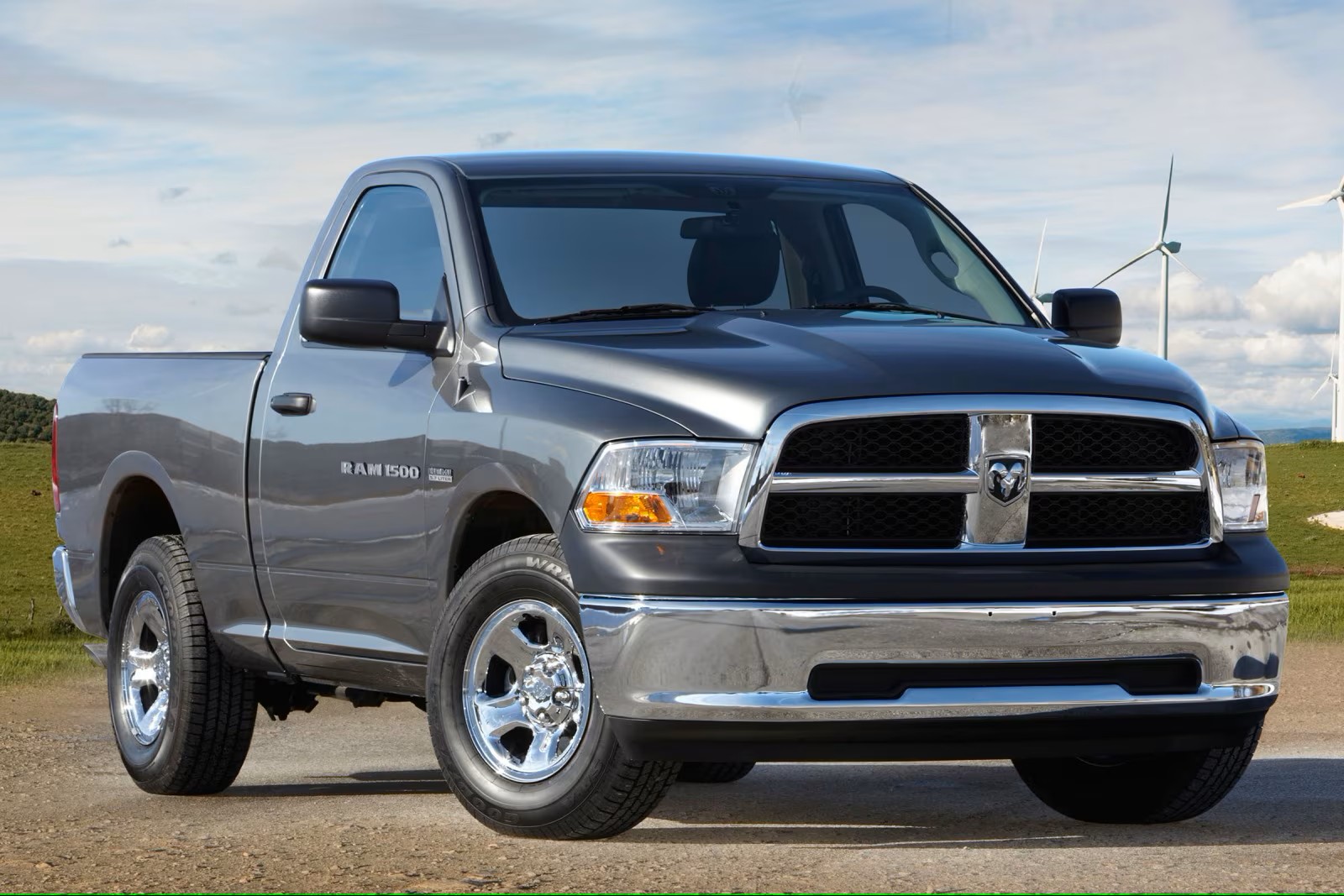
5. Dodge Ram 1500 (Early 2000s Models)
The Dodge Ram 1500 trucks from the early 2000s have a well-known reputation for slow cranks during cold weather starts. The fundamental causes include the starter motor design, battery capacity, and engine management strategies that were not fully optimized for harsh winter conditions.
The starter motors on these trucks, though built for rugged use, sometimes lack the necessary torque output for quick engine turnover when faced with thick motor oil and cold metal parts.
Fuel injection systems in these early 2000s models rely on relatively basic control units that do not aggressively enrich the air-fuel mixture during cold starts, unlike modern ECUs that dynamically adapt injection parameters based on temperature sensors. This often results in fuel mixtures that are less than ideal for ignition at low temperatures, causing longer crank times and repeated attempts before the engine catches.
Battery technology is another significant factor. Many of these Ram trucks came equipped with standard lead-acid batteries without high cold cranking amp ratings.
Cold weather diminishes battery capacity substantially, reducing the current supplied to the starter motor and lengthening the crank period. Electrical wiring and connectors are prone to corrosion and wear over time, which also impairs the efficiency of the starting system by causing voltage drops.
From a mechanical standpoint, the engine’s oil viscosity and design contribute to cold start difficulties. The early 2000s Rams often ran conventional oils, which thicken considerably in low temperatures, increasing internal resistance. This adds extra load to the starter motor and battery system.
The engines themselves have relatively high internal friction, which combined with cold oil, makes starting a challenge without auxiliary aids such as block heaters or battery warmers. Owners in colder climates commonly report longer crank times and occasional starting failures until the engine reaches operating temperature or aftermarket solutions are applied.
ALSO READ: 5 Cars with Quickest Seat-Belt Latches and 5 That Snag
Starting an engine on a cold morning is a challenge that every vehicle owner in colder climates eventually faces. While modern automotive technology has significantly improved the reliability and efficiency of cold starts, the variation among vehicle models is substantial.
This article has outlined five vehicles that excel in cold start performance and five that are prone to slow cranking and start-up difficulties, offering a clear comparison rooted in technical understanding and real-world performance.
Vehicles such as the Toyota Tacoma, Subaru Outback, Ford F-150, Honda CR-V, and Volvo XC90 demonstrate that thoughtful engineering and advanced technology can dramatically reduce the challenges associated with cold starts.
Their superior performance stems from several key factors: robust high-CCA batteries that deliver ample power to the starter motor, advanced fuel injection systems that precisely manage the air-fuel mixture during cold ignition, ignition components designed for strong, consistent sparks, and thermal management systems that keep engine components warm or rapidly bring them to optimal temperatures.
For instance, the Toyota Tacoma’s careful calibration of fuel injection and ignition timing, combined with durable electrical and mechanical components, results in quick ignition even after prolonged exposure to freezing conditions. Similarly, the Subaru Outback’s balanced Boxer engine layout enhances thermal efficiency, and its adaptive engine management optimizes cold start fuel enrichment.
The Ford F-150’s modern EcoBoost engines employ direct injection and dynamic engine controls to overcome cold weather starting challenges, while the Honda CR-V and Volvo XC90 incorporate high-quality ignition parts and electrical systems tailored for cold climates.
On the other hand, older or less sophisticated models like the Jeep Wrangler (especially older models), early 2000s Volkswagen Jetta, Chevrolet Silverado with early 2010s V6 engines, Nissan Altima from the late 2000s, and early 2000s Dodge Ram 1500 face recurring cold start difficulties.
These vehicles often have starter motors that do not produce enough torque to quickly overcome the increased engine resistance caused by cold oil and metal contraction.
Their fuel and ignition systems lack adaptive cold start strategies, leading to less efficient combustion. Additionally, many use standard batteries with inadequate cold cranking amps for extreme weather, and electrical components may suffer from corrosion or moisture intrusion, reducing starting efficiency.
Maintenance and aftermarket modifications can alleviate many of these issues. For vehicles prone to slow cranks, upgrading to high-CCA batteries, switching to synthetic low-viscosity oils in winter, installing block heaters, or using battery warmers can significantly improve cold start reliability. These interventions help reduce the mechanical and electrical stresses during ignition, making cold mornings less daunting.
Ultimately, this comparison illustrates that cold start performance is a multifaceted issue. It depends not only on individual components but on how well they work together under challenging environmental conditions.
Manufacturers who prioritize cold weather engineering invest in advanced sensors, adaptive ECUs, durable components, and supplementary heating systems that collectively enhance starting reliability. Buyers in cold regions should weigh these factors when selecting vehicles, balancing other preferences with the practical need for dependable cold starts.
This knowledge also reinforces the importance of proper vehicle care. Regular battery testing, timely replacement of ignition parts, adherence to manufacturer oil recommendations for winter, and vigilant inspection of electrical systems can all extend the cold start reliability of any vehicle.
Being proactive not only improves daily convenience but also prevents the long-term wear and tear caused by repeated hard starts, ultimately prolonging engine life.
In conclusion, whether you prioritize a truck for rugged outdoor use, a reliable SUV for family and commuting, or an economical car for daily driving, understanding the cold start capabilities of your vehicle is crucial in colder climates. The models highlighted here provide clear examples of engineering success and areas for improvement.
By combining informed vehicle choice with conscientious maintenance and the right cold weather accessories, drivers can face even the harshest winter mornings with confidence, knowing their engine will start swiftly and smoothly, no matter how low the temperature drops.

